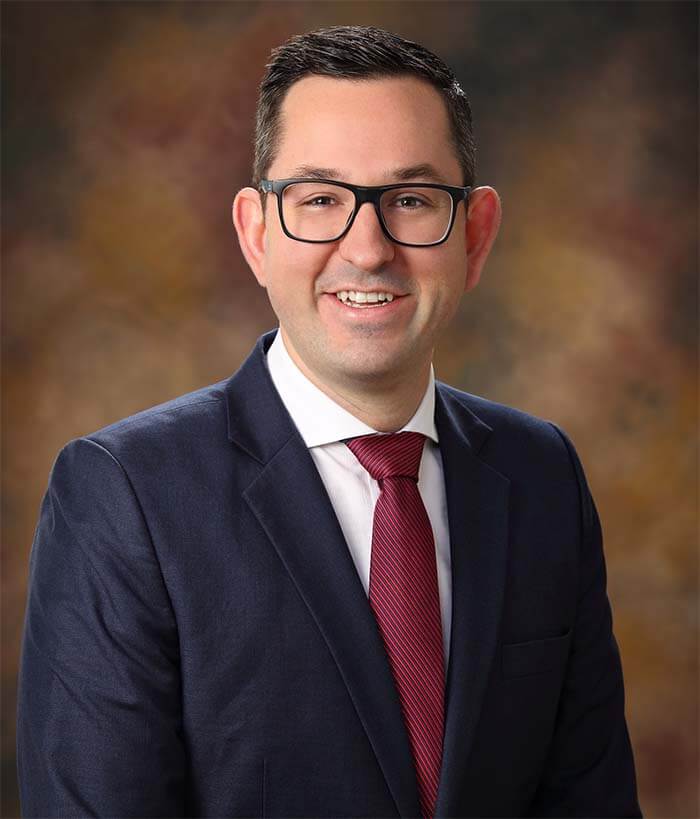New medical tech for treating spine and brain tumors sounds like sci-fi, but it’s not
Published at

This story is brought to you by Eastern Idaho Regional Medical Center, the largest medical facility in the region, serving Idaho, Wyoming, Yellowstone National Park and Montana. With a Level II Trauma Center, Level I ICU and the state’s only burn center, EIRMC provides valued and vital resources to the communities it serves.
Though the terms “linear accelerator” and “carbon fiber reinforced polymer cage” sound like they came straight out of a sci-fi movie, they are actually different forms of amazing medical technology being used at Eastern Idaho Regional Medical Center (EIRMC) to treat cancerous tumors. Such technology is making cancer surgery and therapy more effective and less traumatic for patients.
New treatments for spine and brain cancer
In brain and spine tumor cases, the use of new treatment techniques and technology is especially valuable for preserving, and even restoring, function and mobility.
“Just last month, I replaced a patient’s damaged vertebra with a carbon fiber cage. The patient was the first person in Idaho to undergo this type of surgery,” says Dr. Abraham Schlauderaff, a neurosurgeon at EIRMC.
He has special training in the newest forms of open and minimally invasive spine surgery to treat complex cases.
“The patient had cancer in the vertebra, which caused it to fracture and disintegrate. The carbon fiber cage replacement will make it possible for follow-up scans, like MRI, to get a better picture of how well the patient is healing and of any cancer that remains. In some cases, we can also use carbon fiber screws and plates for spine fusions.
“Remarkably, the day after surgery, the patient was nearly pain-free. That’s another great benefit of these new surgeries.”
A partnership for treating spine cancer care
Dr. Schlauderaff is one member of a team at EIRMC that treats cancerous tumors in the spine and brain. He works in tandem with a medical physicist and radiation oncologists to evaluate each patient and create a personalized treatment plan.
“Every tumor is different, so the treatment plan has to be specific for that patient in order to get the best outcome. Surgery is usually only one part of the plan,” explains Dr. Schlauderaff. “For a patient with a spine tumor, we can follow up two to three weeks after surgery with targeted stereotactic body radiotherapy (SBRT).”
SBRT uses 3- and 4-D imaging to direct focused beams of radiation at a tumor, through the body. The procedure is done on an outpatient basis, is not painful, and requires fewer treatment sessions than traditional radiation therapy. Most important, because the beams are small and highly concentrated, less healthy tissue around the tumor is damaged, and the patient experiences fewer side effects.
Brain cancer treatment
Similar technology can be used to treat brain tumors. As Dr. Schlauderaff explains, “At EIRMC, the team uses a medical linear accelerator to deliver the radiation. The radiation oncologist and the physicist determine how much radiation is given and how many treatments are needed after surgery. Depending on the size of the lesion, treatment may take place in only one to five outpatient sessions.
“Surgery for brain tumors is also much more precise now. I can use MRI brain mapping before surgery to identify the location of critical functions near the tumor. During surgery, with the help of a technician, I use direct electrical stimulation of the brain for the same purpose.”
These amazing technologies and techniques are just a sample of what EIRMC can offer patients with spine and brain tumors.
Dr. Schlauderaff is with East Falls Neurosurgery. Contact him at (208) 522-7572.



